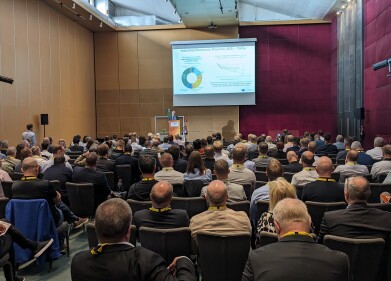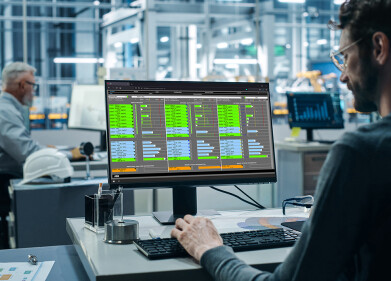Air monitoring
Mercury Removal Markets
Feb 29 2008
purchasers are dealing with a number of remaining uncertainties not only in the U.S. but in Europe and Asia where control activity is beginning. The main regulatory driver in the U.S. The Clean Air Mercury Rule (CAMR), is very likely to be struck down by the Courts. It probably will be replaced with a tougher standard, but a slow regulatory process could mean delays for the market. On the other hand, nearly 50 percent of the power plants will be regulated by tougher State standards.European power plants emit twice the amount of mercury as U.S. plants. Additional controls will probably bemandated, but the timing is unpredictable. Chinese power plants emit four times asmuch
mercury as those in the U.S. The timeline for control in China is still a mystery.
The race horse out of the gate first and running hard is activated carbon injection (ACI) technology.
One system is in operation at We Energies and more than 40 more systems are in some form of design or construction. If this technology were to become the leading selection by power plants, the demand for carbon
would substantially exceed the current U.S. production (for all uses). Continuous accurate measurement of mercury emissions is essential to control.
Initial field results with a relatively small number of monitors are promising, but the base of experience is small.
Methods for determining the relative accuracy of the monitors are still being finalized. Remaining uncertainties include many site specific factors. But they also include the broader questions of efficiency requirements, by product acceptability, and technology alternatives. Relative to site specific factors, the first is coal type.
Low sulfur and high sulfur coal present two distinctly different challenges. Dry scrubbers are generally used with low sulfur coal generators. Activated carbon can be easily added ahead of these scrubbers. High sulfur coal generators generally incorporate wet scrubbers. Many of these same units also control NOx with SCR. For these plants, all that may be needed is a halogen additive ahead of the SCR. One big uncertainty has to do with greenhouse gases. Europe has made huge strides in greenhouse gas reduction by replacing 10-20
percent of the coal at each generator with biomass. If stringent reduction requirements were implemented in the U.S. then biomass co-firing would be likely. This could substantially change the strategy used formercury reduction.
Multi-pollutant considerations could also alter the mercury reduction strategy. There has been pressure to require new plants to reduce SO2 by 98 percent. If this evolved, then many new coal-fired boilers (even those burning low sulfur coal) would be forced to select wet rather than dry scrubbers. This would then dictate halogen additives at the SCR rather than activated carbon.
Digital Edition
AET 28.4 Oct/Nov 2024
November 2024
Gas Detection - Go from lagging to leading: why investment in gas detection makes sense Air Monitoring - Swirl and vortex meters will aid green hydrogen production - Beyond the Stack: Emi...
View all digital editions
Events
Jan 12 2025 Abu Dhabi, UAE
Jan 14 2025 Abu Dhabi, UAE
Jan 20 2025 San Diego, CA, USA
Carrefour des Gestions Locales de L'eau
Jan 22 2025 Rennes, France
Safety, Health & Wellbeing LIVE
Jan 22 2025 Manchester, UK



















